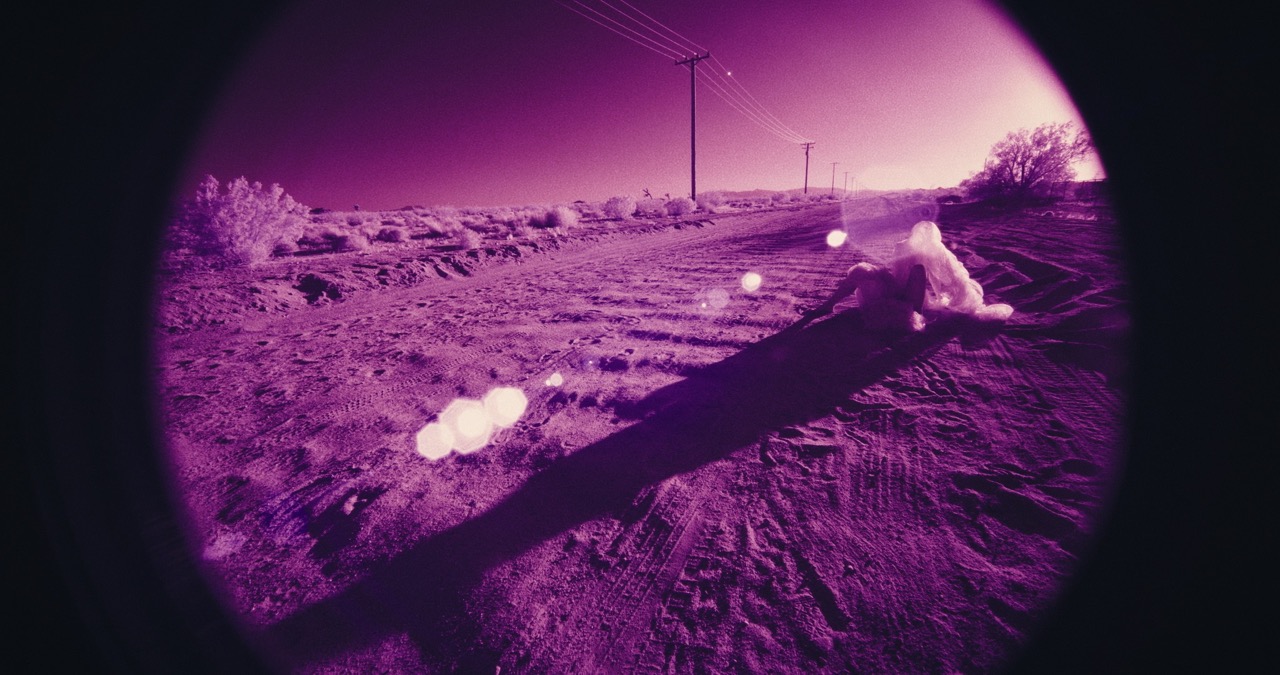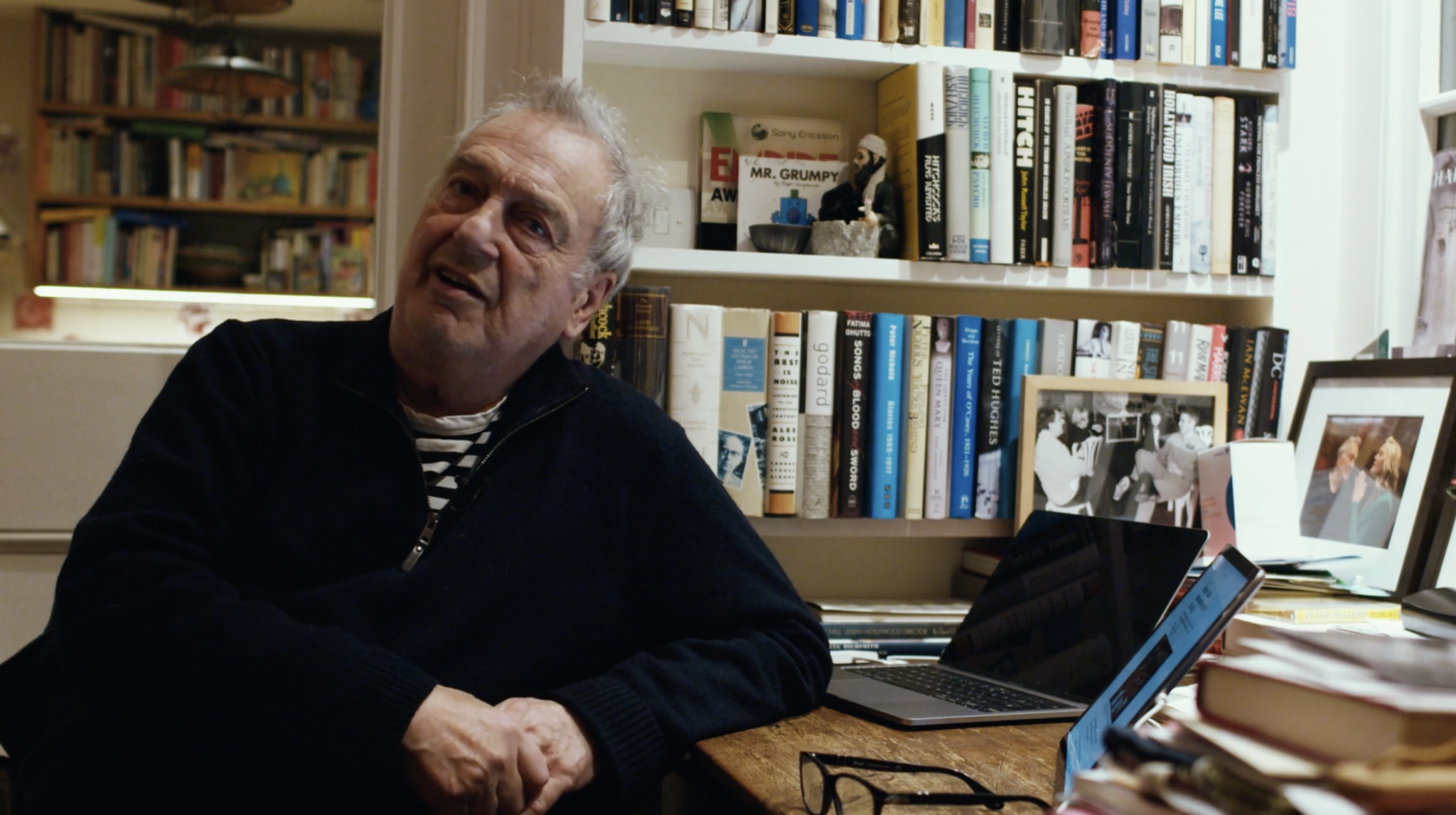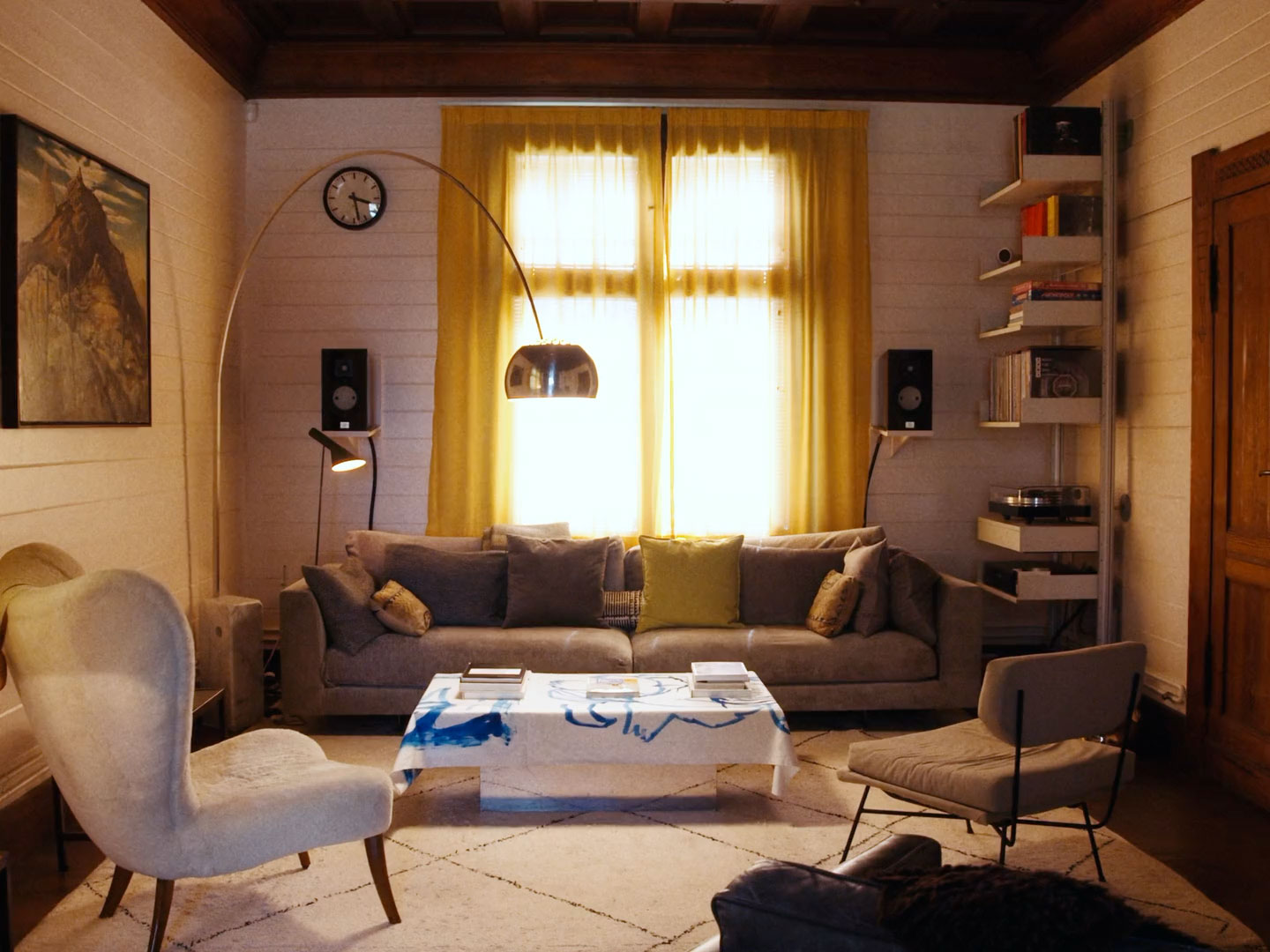
Have you heard of Candy, Andy and the Bearandas? If you were alive in the 1960s, then there’s a slim chance you have. The characters featured in a photographic comic book, Candy and Andy, published in 1967. If that doesn’t ring any bells, then you will, however, certainly be aware of its creator, Gerry Anderson, the inventor of franchises as Captain Scarlet and Thunderbirds.
Now the subject of a photobook (published by Four Corners) the story of Candy and Andy, like Thunderbirds, is told with dolls. However, the subject matter is more pastoral than astronautical. The titular blonde siblings Candy and Andy live in Riverdale, a fictional village. We see them at their daily domestic routine (washing up, opening their piggy banks, filling up their paddling pool) as well as out-and-about (foraging for fruit, meeting the blacksmith, going fishing). The set-up is quite normal, really – quintessentially English – except that Candy and Andy’s foster guardians also happen to be pandas.


Entertainment
“They had a vision to do something quite experimental,” says Alan Dein, the book’s author, a social historian and broadcaster, who first came across the comic book whilst rifling through the shelves of a charity shop in the 1980s. Despite the cheap cost of the comic (“9 pennies in old money”) the psychedelic photographs, captured by Doug Luke, jumped off the page. “The whole world felt so alive,” says Dein. Whilst Candy and Andy are undeniably dolls, their surrounding world is extremely real. They fraternize with actual children and people, and whilst somewhat Hansel and Gretel, their home interiors, with its furry rug and a ski chalet-style stone fireplace, seem plucked from 1960s lifestyle magazines. The alphabetical mugs and cups in the kitchen, Dein notes, were created by Collin Haxby, a well known ceramicist from the 1960s, who sold his work in shops like Heals. They are still owned by the photographer’s daughter today.
However, aimed at three to seven year-olds, Candy and Andy is a world of make-believe. The two children and their bear parents live in a magical toyshop where some of the products come to life. Whilst Riverdale is a place of rural innocence, the whole project is dashed with the experimental whimsy of the 1960s. The hybrid doll-bear family certainly suggest trippy, utopian visions for new forms of family and the roles we play (Candy and Andy are shown putting their parents to bed). The images are also imbued with the aesthetic codes of Swinging London. Chief amongst the comic books characters is the Mini Cooper which features in many scenes. A car later made famous in the 1969 film The Italian Job – its diagonal, multicoloured stripes bring Candy and Andy’s own getaway vehicle more firmly into the terrain of Pop art. “Nothing was referential, everything was up for grabs,” says Dein.
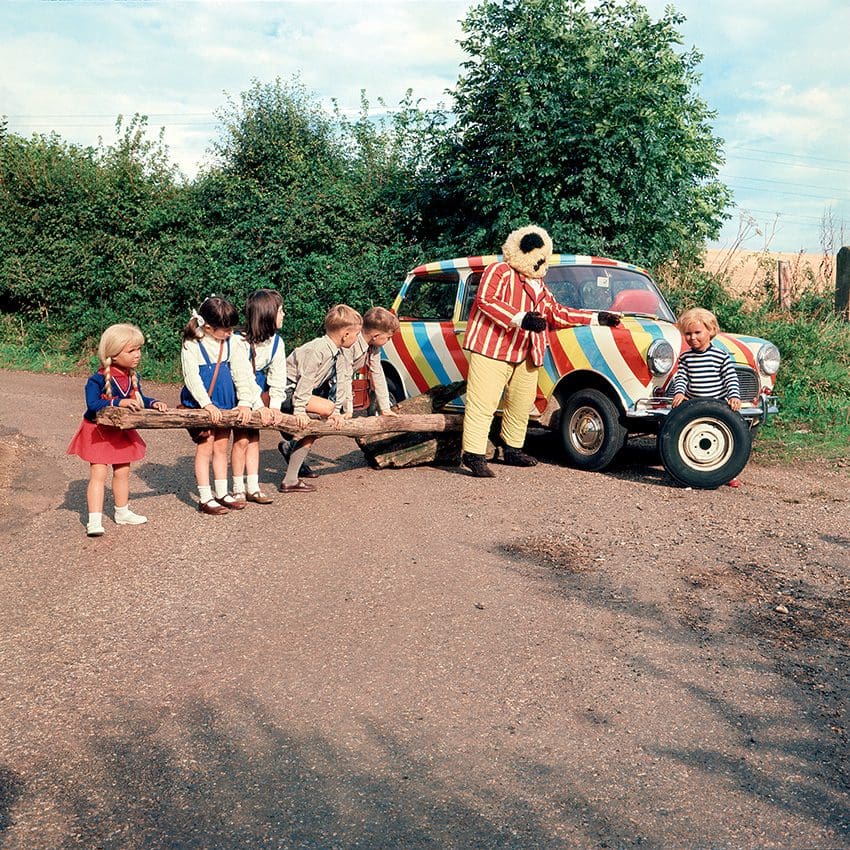
Entertainment

Entertainment
The comic book was circulated principally in the UK, as well as the former British Empire, transmitting a familiar, nostalgic image of nationhood to its overseas citizens. However, whilst the images are so compelling today, Dein believes children may have found the deviation from illustration in the comic book off-putting. “The photography was probably part of its downfall, why it disappeared,” explains Dein. “Most probably it was too experimental for the age group it was aimed at. Children like looking at illustrations. Doing a photo [comic] book is also very time-consuming and expensive – with two photographers shot live with dolls – and it wasn’t selling enough.” Whilst Century 21 Productions, Anderson’s production company, was going from strength to strength, Candy and Andy was simply failing to take off. “After one year they decided it was enough,” recalls Dein.
Around 90% of the transparencies were lost – meaning most of the scenarios and images of Candy and Andy are lost to history. Yet combing through the remaining images, Dein’s book goes a long way in bringing the world of Candy and Andy back to life. Rather than being part of a strip, each image is given its own spread, meaning they can be poured over in isolation, allowing the reader to soak in the atmosphere as well as the small details of each picture. “Like you would a family photo album,” says Dein. “Although the most bonkers album possible.”
Candy, Andy and the Bearandas is published by Four Corners Books


